

Our goal: to provide clear, unbiased water quality science
Water quality science and cane farmers in the Great Barrier Reef catchment have been under intense scrutiny for several decades. The information presented in the public is often politicalised, conflicting, confusing, or misunderstood. The Water Quality Science & Agriculture Hub cuts through the noise, providing clear and unbiased information underpinned by the latest and best available scientific evidence.

News and events
Here you can find our latest stories, blogs, news, events, and Q&As on relevant research, issues, projects, topics, case studies and farming practices.


Sugarcane regions
Each region has unique challenges with varying climate conditions, environments and water resources. These factors influence how pests, soil health and water can be managed. Water quality monitoring programs have given growers a better understanding of their fertiliser and pesticide losses at local scales.

Russell-Mulgrave

Sugarcane is the dominant crop in the Mulgrave-Russell region. Located just south of Cairns, it holds around 20,000 hectares of cane. While abundant rainfall provides a reliable water source for farms, growers face challenges in managing water flow. Many growers are trialling innovative practices in response.
Tully Johnstone
.jpg)
The Tully-Johnstone catchment, one of the wettest regions in Australia, is renowned for its thriving banana industry and sugarcane cultivation. Grower’s benefit from consistent high rainfall and rich volcanic soils. Yet, the region's intense rainfall brings challenges in managing water flow and nutrient runoff from paddocks.
Lower Herbert
_JPG.jpg)
The lower Herbert hosts around 67,000 ha of sugarcane on the lower coastal floodplain and is one of the largest of the 35 river basins in the Great Barrier Reef catchment area. This significant water flow, combined with its extensive sugarcane cultivation, makes this basin a priority for better management of fine sediment, nutrient and pesticide runoff.
Lower Burdekin

The Lower Burdekin, Australia’s most productive sugarcane region, yields 7.5 million tonnes annually. Supported by Queensland’s largest reservoir, growers face unique water management challenges with irrigation, including rising groundwater, runoff, and increasing costs. There are solutions to manage these challenges.
Mackay Whitsunday

More than 90% of Mackay-Whitsunday agriculture is dedicated to sugarcane farming, making it a major sugarcane region of over 100,000 hectares condensed within a relatively small area. The region's iconic natural environment attracts global tourists to its coral reefs, national parks and islands. This ties the sugarcane industry to both tourism and environmental needs.

Managing paddock losses
Growers rely on fertilisers and pesticides for productive crops, yet these chemicals can be lost to waterways and groundwater.
Local water quality monitoring gives growers precise data on nutrient and pesticide losses – helping them adjust practices to reduce runoff. Explore how this data has driven positive changes in management practices.




About the Hub
The Water Quality and Agriculture Hub was developed by scientists, extension officers and regional groups across Great Barrier Reef catchments. The purpose is to make water quality science more accessible and relevant to those who need it. This allows growers to have the confidence to implement practices to reduce off-farm losses while maintaining profitability, as well as providing governments and industry with credible information for evidence-based policy and sustainable land management.
The Hub currently brings together content summarising the Reef Trust Partnership’s regional water quality programs, including collaborations with CSIRO, UQ’s Reef Catchments Science Partnership, AgriTech Solutions, and local leaders such as BBIFMAC, Canegrowers, Catchment Solutions, Farmacist, Herbert Cane Productivity Services, LiquaForce, NQ Dry Tropics, Reef Catchments, Sugar Research Australia, and Terrain NRM.
With more funding, we hope to grow this website to bring together more collaborators, their projects, and the impact of their work for growers.

Water quality science
The majority of catchments within the Great Barrier Reef region have been modified for cropping, with sugarcane farming the largest agricultural industry along the coast.
Many of these cane farms stretch along the narrow coastal plains, surrounded by freshwater and inshore marine ecosystems. Given this close connection, it's important to balance both farming operations and our urban footprint with the environment.




%20From%20GBRF.jpg)


.jpeg)
